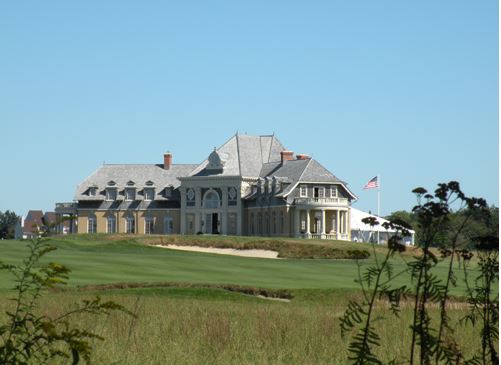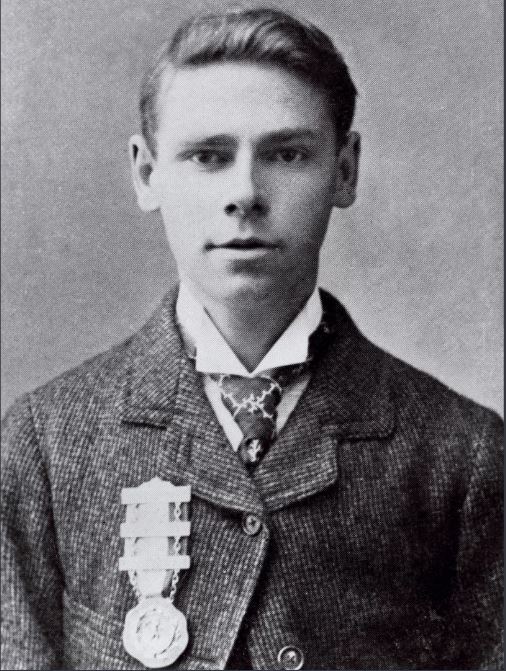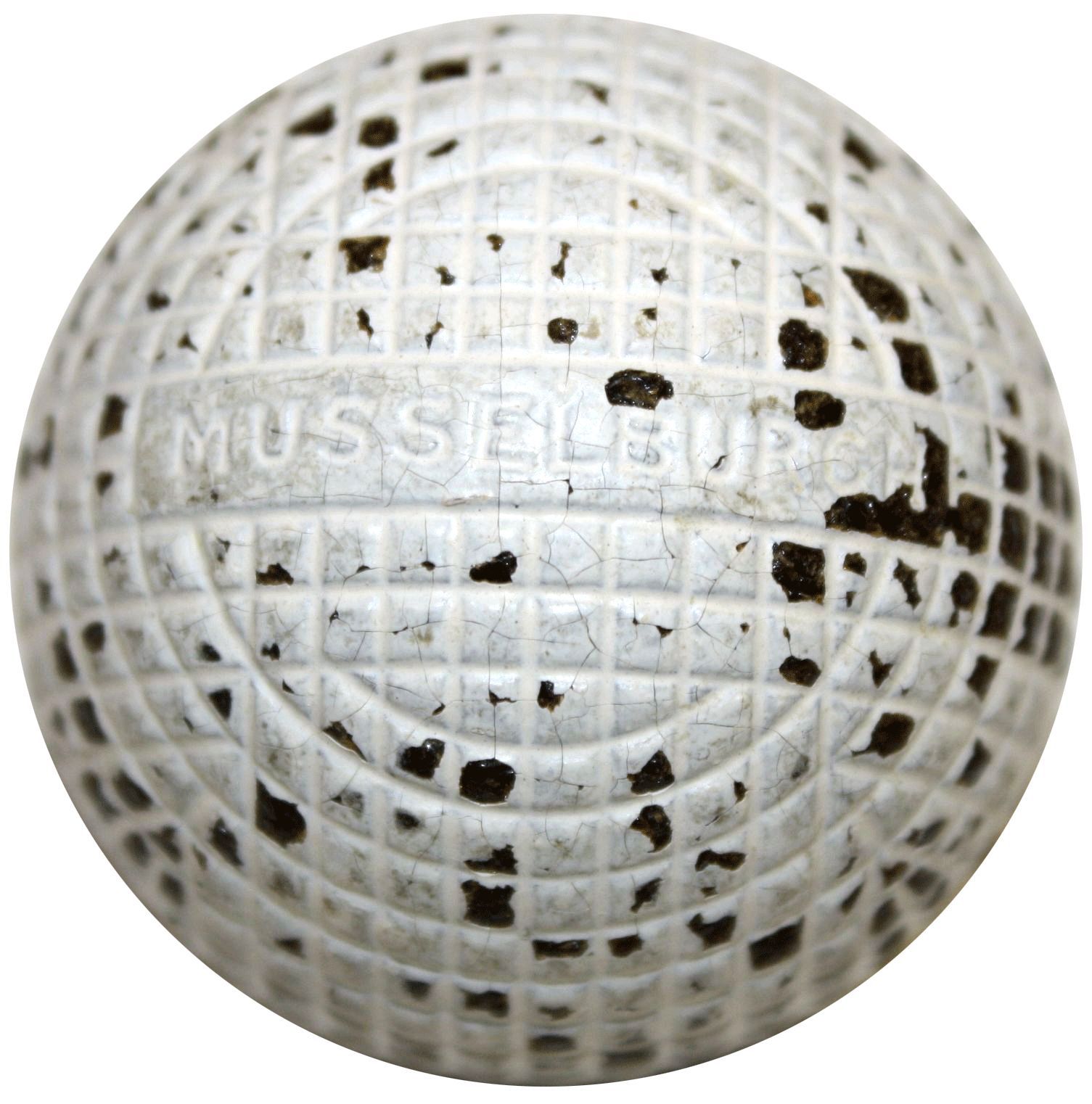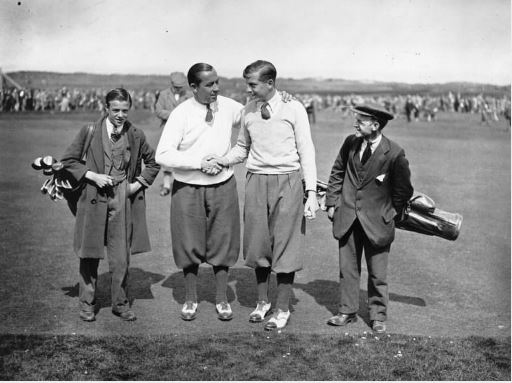
THE VILLAGES, Florida – Any guess where the first U.S. Open was held in 1895?
The first U.S. Open was played in 1895 when only 10 competitors contended for the gold medal on the nine-hole course at the Newport Golf and Country Club, in Newport, Rhode Island.
Any guess what the first-place prize paid for the 36-hole tournament? A whopping $150.
What we know about this tournament is that it was organized by the United States Golf Association (USGA), the length of the course was 5,510 yards, there was one amateur golfer, and the winner was Horace Rawlins from England. What we don’t know is what type of clubs were in those 10 golfers bags and what type of golf ball was used.

Some some historical information about the transformation of the golf clubs over the years that give us a idea what clubs might have been available for use back in 1895. The adoption of drop forging in the late 1800’s meant that more effective iron clubs could be mass produced in factories. Wooden headed clubs were often handmade until about 1910, when iron clubs began to take over due to popular demand.
One important innovation was the adoption of grooved lines on the head of Irons. These grooves allowed for the ability to increase the amount of backspin on the ball, which in turn increase distance and control. The question now becomes what type of clubs were being used by what golfers over 130 years ago?
It’s possible some golfers were using iron shafted clubs while others were still using the older hickory shaft clubs. Were there any USGA rules in place in 1895 that mandated the types of clubs that participants could or could not use? Did Horace Rawlings use the newer and most likely more expensive clubs to gain an advantage over his opponents?
With research we can make some conclusions about what clubs Sir Horace Rawlins and the nine other competitors used during the 1895 U.S. Open.

Cleek: A metal-headed golf club with an elongated blade, with very little loft. Used for putting and would be equivalent to a 1 or 2 iron today.
Lofter: Had varied loft that would range between a modern-day 5 and 8 iron.
Niblick or Rut Niblick: A club used to get out of trouble or a rut in the field. It had a very small rounded head and generally the most lofted club of the 19th Century irons. The loft would be that of a modern day 9-iron or wedge.
Sabbath Stick or Sunday Stick: Golf was not encouraged on a Sunday by the Church of Scotland, so enthusiastic golfers had to find a solution. Clubs were disguised as walking sticks, and the head fitted comfortably into the palm. When out of sight or unobserved, it would be turned around, and a few shots played. Before the 1800’s, irons were made by blacksmiths. Because of this they were heavy and crude, which made them very difficult to use.

Also, they easily damaged the Featherie balls, which limited its ability to be utilized effectively. Around 1850, the Gutty ball was developed. It was made out of a rubber called Gutta-Percha. It was much stronger than the Featherie balls. One can only imagine what playing with a Featherie ball must have been like, but that conversation is for another time!
The reason we know that this type of golf ball was most likely used is that it wasn’t until three years after the first U.S. Open that the Haskell ball was invented. It involved winding rubber string around a solid composite core, which was then covered in Gutta-Percha. This change from a solid Gutta-Percha ball, to a composite core added 20 yards to a golfer’s shot. This design would be used for the next 90 years.
After the 1935 U.S. Open, the USGA began serious discussions about limiting the number of clubs which could be used in a round of golf. USGA Rule No. 4 has since been adopted and amended over the years to address the issues surrounding the numbers of golf clubs that can be carried in a players bag, which is 14.











Leave a Reply